Description
3-Methylbutanal: Unveiling the Versatile Aroma Molecule
3-Methylbutanal, also known as isovaleraldehyde, is an organic compound belonging to the aldehyde family. This colorless liquid, with its distinct odor, plays a significant role in various industries, from food and beverage to fragrance and chemical manufacturing. Let’s delve into the characteristics, sources, and applications of this intriguing molecule.
Chemical Properties and Characteristics:
The IUPAC name of 3-Methylbutanal accurately describes its structure: a butanal (butane with an aldehyde group) having a methyl substituent at the 3rd carbon. This simple structure belies its potent aromatic properties. Key characteristics include:
- Molecular formula: C5H10O
- Molar mass: 86.13 g/mol
- Appearance: Colorless liquid
- Odor: Described as malty, fruity, nutty, and even cheesy depending on concentration and context.
- Solubility: Soluble in organic solvents, slightly soluble in water.
Natural Occurrence and Formation:
3-Methylbutanal is found naturally in a wide variety of foods and beverages. Its presence can result from various enzymatic and non-enzymatic reactions, including:
- Amino acid degradation: Leucine, an essential amino acid, is a key precursor. Enzymes degrade leucine, ultimately leading to the formation of 3-methylbutanal. This process occurs during fermentation, brewing, and ripening of various foods.
- Maillard reaction: This complex chemical reaction between amino acids and reducing sugars, occurring during heating and processing, contributes to the formation of numerous flavor compounds, including 3-methylbutanal.
- Lipid oxidation: While less prevalent than other pathways, lipid oxidation can also lead to the formation of volatile aldehydes, including 3-methylbutanal.
Applications and Uses:
The distinct aroma of 3-Methylbutanal makes it a valuable ingredient in several industries:
- Food and Beverage Industry:
- Flavoring Agent: Used to enhance the malty, nutty, and fruity notes in processed foods, baked goods, and beverages. It can contribute to the overall complexity and depth of flavor.
- Brewing: Naturally produced during beer fermentation, it contributes to the characteristic flavor profile of certain beer styles. However, excessive levels can impart an undesirable solvent-like or stale flavor.
- Cheese Production: Particularly in aged cheeses, 3-methylbutanal contributes to the characteristic aroma and flavor development.
- Fragrance Industry:
- Perfumery: Used as a fragrance component in perfumes, colognes, and other scented products. It adds a warm, nutty, and malty nuance to the overall scent profile.
- Chemical Industry:
- Intermediate: Used as a chemical intermediate in the synthesis of various other organic compounds, including pharmaceuticals and agricultural chemicals.
Important Considerations:
While generally recognized as safe (GRAS) for use in food at low concentrations, it’s important to note the following:
- Concentration is Key: The concentration of 3-methylbutanal is critical. At low levels, it contributes desirable flavor and fragrance notes. However, at high concentrations, it can impart unpleasant, off-flavors or odors.
- Potential Allergen: Some individuals may be sensitive or allergic to aldehydes. Appropriate labeling and precautions should be taken.
- Oxidation: Like other aldehydes, 3-methylbutanal is susceptible to oxidation, which can alter its aroma and lead to the formation of undesirable byproducts. Proper storage in airtight containers and away from light and heat is crucial.
Conclusion:
3-Methylbutanal is a fascinating and versatile aroma molecule with a significant impact on the flavor and fragrance of various products. Its natural occurrence and synthesized production have made it an important component in food, beverage, and perfume industries. Understanding its properties, formation pathways, and potential effects ensures its responsible and effective use in various applications. By recognizing the delicate balance between desirable aroma and potential off-flavors, we can harness the power of 3-methylbutanal to enhance the sensory experience of the products we enjoy.

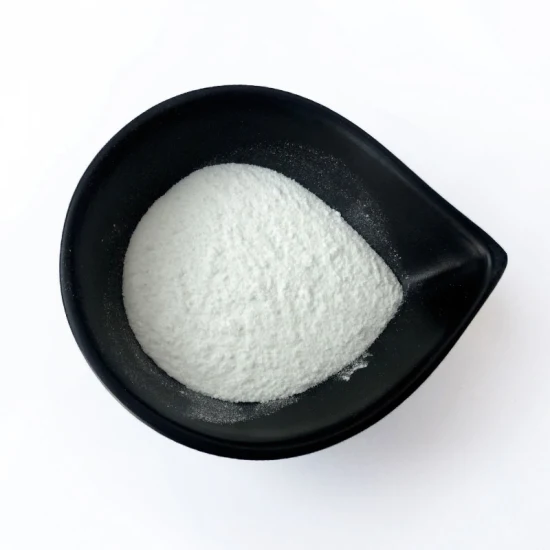
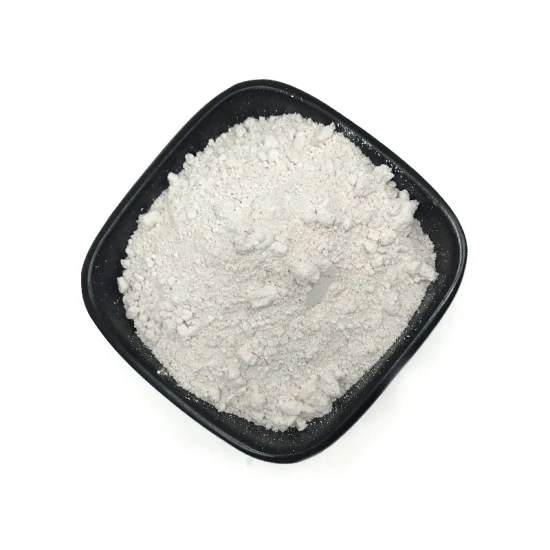
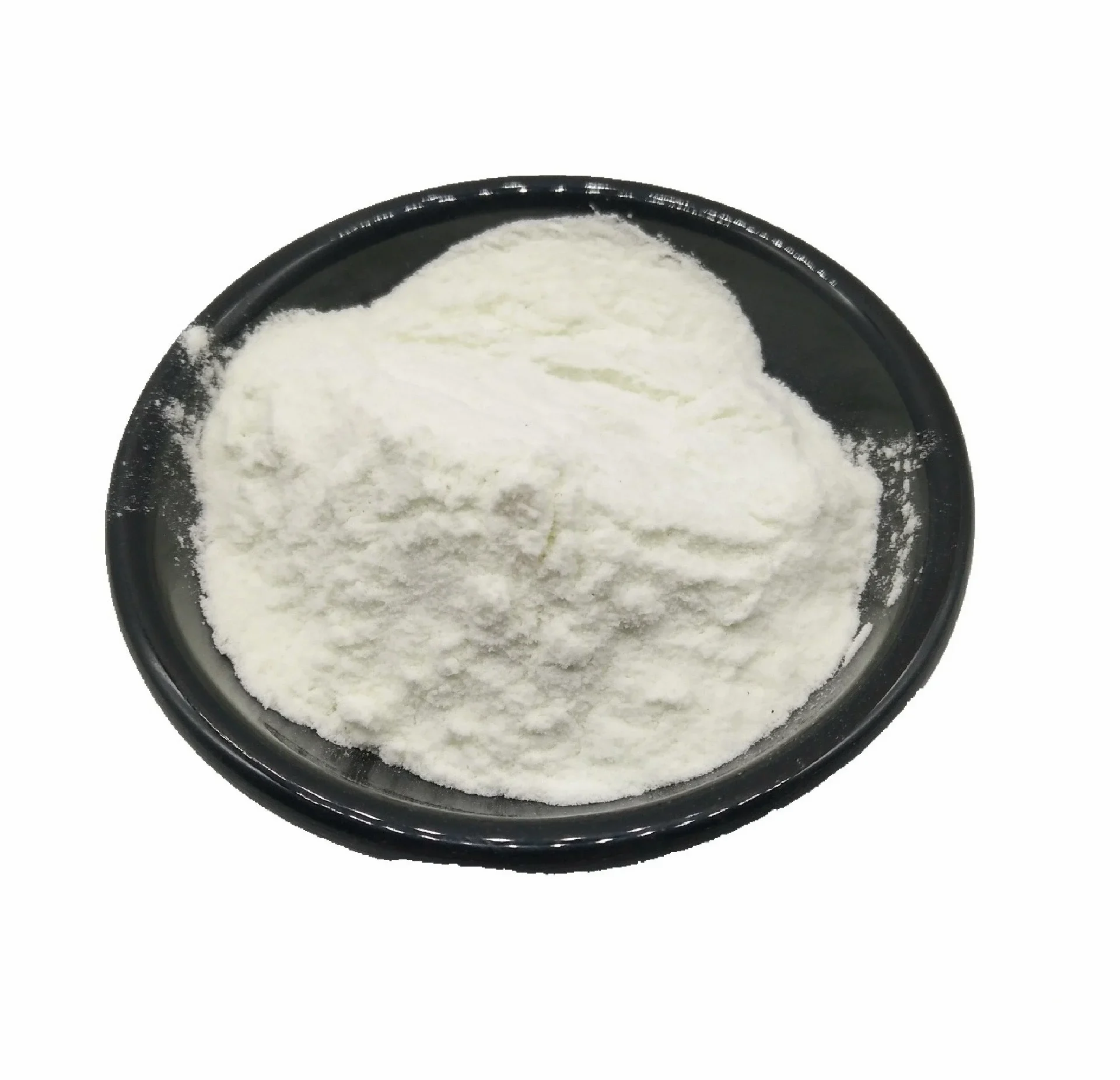
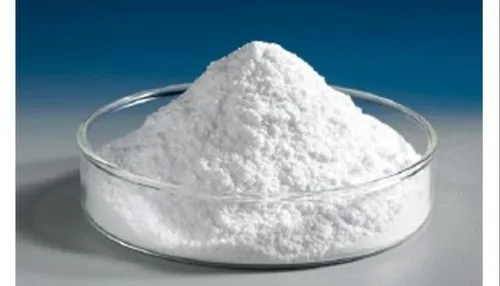
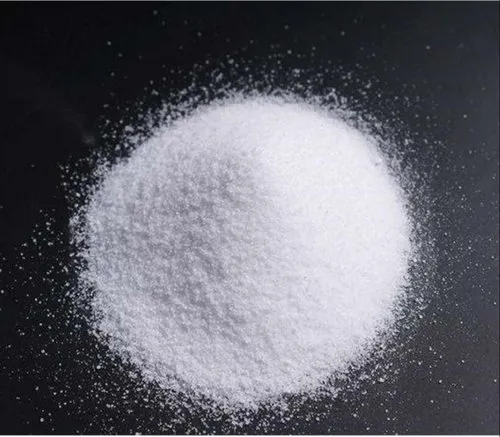
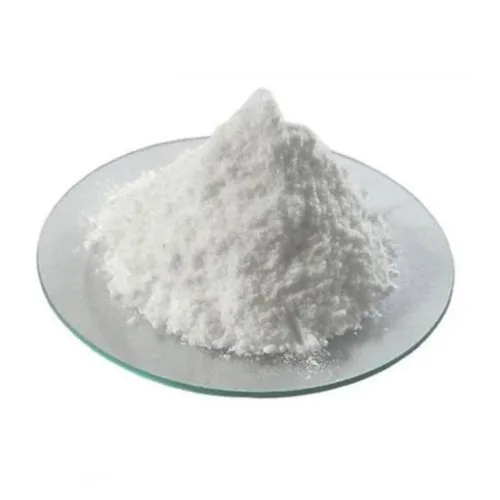

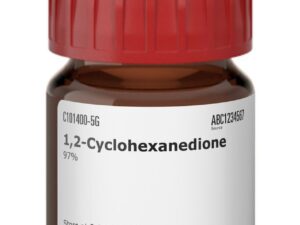
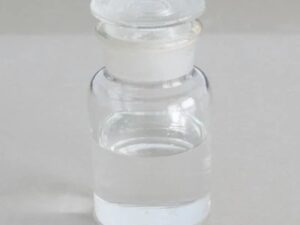

Reviews
There are no reviews yet.